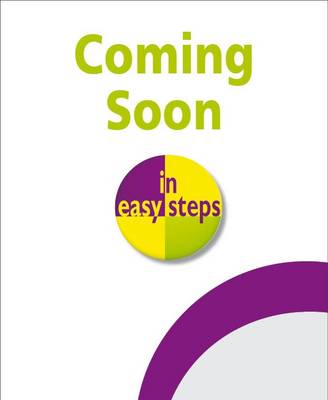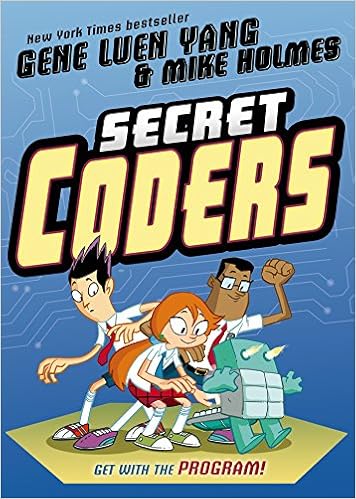Filters
Clear allSubject
- Careers (45) Apply Careers filter
- Climate Change (2) Apply Climate Change filter
- Creative arts and media (4) Apply Creative arts and media filter
- Cross curricular (36) Apply Cross curricular filter
- Design and technology (205) Apply Design and technology filter
- Engineering (123) Apply Engineering filter
- Food Preparation and Nutrition (2) Apply Food Preparation and Nutrition filter
- Leadership (1) Apply Leadership filter
- Mathematics (151) Apply Mathematics filter
- Personal development (2) Apply Personal development filter
- Psychology (1) Apply Psychology filter
- Science (173) Apply Science filter
- Space (2) Apply Space filter
- STEM Ambassadors (8) Apply STEM Ambassadors filter
- STEM Clubs (13) Apply STEM Clubs filter
Age range
Type
- Activity sheet (136) Apply Activity sheet filter
- Article (72) Apply Article filter
- Assessment (3) Apply Assessment filter
- Audio (5) Apply Audio filter
- Data set (2) Apply Data set filter
- Demonstration (3) Apply Demonstration filter
- Experiment (1) Apply Experiment filter
- Game (4) Apply Game filter
- Group work (4) Apply Group work filter
- Image (13) Apply Image filter
- Information sheet (29) Apply Information sheet filter
- Interactive resource (6) Apply Interactive resource filter
- Open-ended task (1) Apply Open-ended task filter
- Poster (9) Apply Poster filter
- Presentation (64) Apply Presentation filter
- Quiz (1) Apply Quiz filter
- Research (40) Apply Research filter
- Self assessment (1) Apply Self assessment filter
- Simulation (2) Apply Simulation filter
- Teacher guidance (156) Apply Teacher guidance filter
- Textbook (18) Apply Textbook filter
- Video (36) Apply Video filter
- (-) Remove Include Physical Resources filter Include Physical Resources
Showing 796 results
This one-page help sheet offers a comprehensive introductory guide to Scratch, great for teachers new to the platform, or those who are unfamiliar with some of its features.

Scratch Programming in Easy Steps introduces readers to Scratch, a programming language that is widely used on the Raspberry Pi. Using Scratch's highly visual interface, you'll learn how to make games and animations...
A set of resources aimed at secondary school students. The resources were developed by Nichola Wilkin and cover the following topics:
- History of computing
- Networks
- Using Python
- Using Scratch
- ...

Welcome to Stately Academy, a school which is just crawling with mysteries to be solved! The founder of the school left many clues and puzzles to challenge his enterprising students. Using their...
This Barefoot Computing primary school resource helps children to Understand how search engines work. By acting as a ‘web crawler’ and collecting information across a small selection of web pages, they learn what in data is indexed by search engines and how this is used when a search query is received. As well as...
This interactive online self-driving challenge from Siemens can supplement robotics education in computing. It enables pupils to programme a car to drive around a circuit without a driver, the circuits getting more complex as the challenge progresses.
The joy and challenge of building ‘cheap and cheerful’ sensors has a wide appeal to adults as well as children. It also opens a wide number of links to aspects of the mathematics, science, computing, design and technology, and engineering curricula, supporting scientific investigation and discovery. These...
In this session students will create a logic circuit to represent a Mars rover MOT. They will identify the necessary logic gates and consider numerous inputs, which will be combined and traversed in person. They will make the link between truth tables and undertake testing and some simplification to reduce the...
In this session you will look at what a binary numbers. Understanding how numbers are made in binary will help you access the next session on images. Steps 1 to 9 explains the activity to be done which is to fill in a table making binary numbers (Worksheet). The extension does not need to be done to understand the...
In this session you will look at how images are made on computers using picture elements or, more commonly known as, pixels. If you have access to a computer you can follow the computer based activity. If you do not then you can follow the unplugged activity. Either way you will begin a journey into understanding...
In this session you will look at image resolution and how to work out the size of a file. In real life the digital images we take are ever increasing in size. This session will help understand how the size of an image is calculated and also what an image actually looks like to a computer.
In this session you will look at compressing files to reduce their size. You will see how both types of compression work and consider when they would be used.
In this, the final activity of a sequence of eight, children are asked to use their knowledge to create a challenge using Rapid Router, solvable using Python. It will ask their partner to use procedures, increment variables and apply different methods of control flow.
The resource includes an overview of...
This activity makes the leap from Blockly to Python programming. The 'grocery van driving challenge' is reduced from previous lessons to allow students to concentrate on syntax and correct coding using a limited set of instructions. Matching of Blockly and Python code is encouraged to assist the transition.
...This activity in the Rapid Router series takes children further in their transition to text-based programming in Python.
By creating Blockly programs and comparing them to the automatically-generated Python code, children are encouraged to identify code which matches. The complexity of the problems is...
